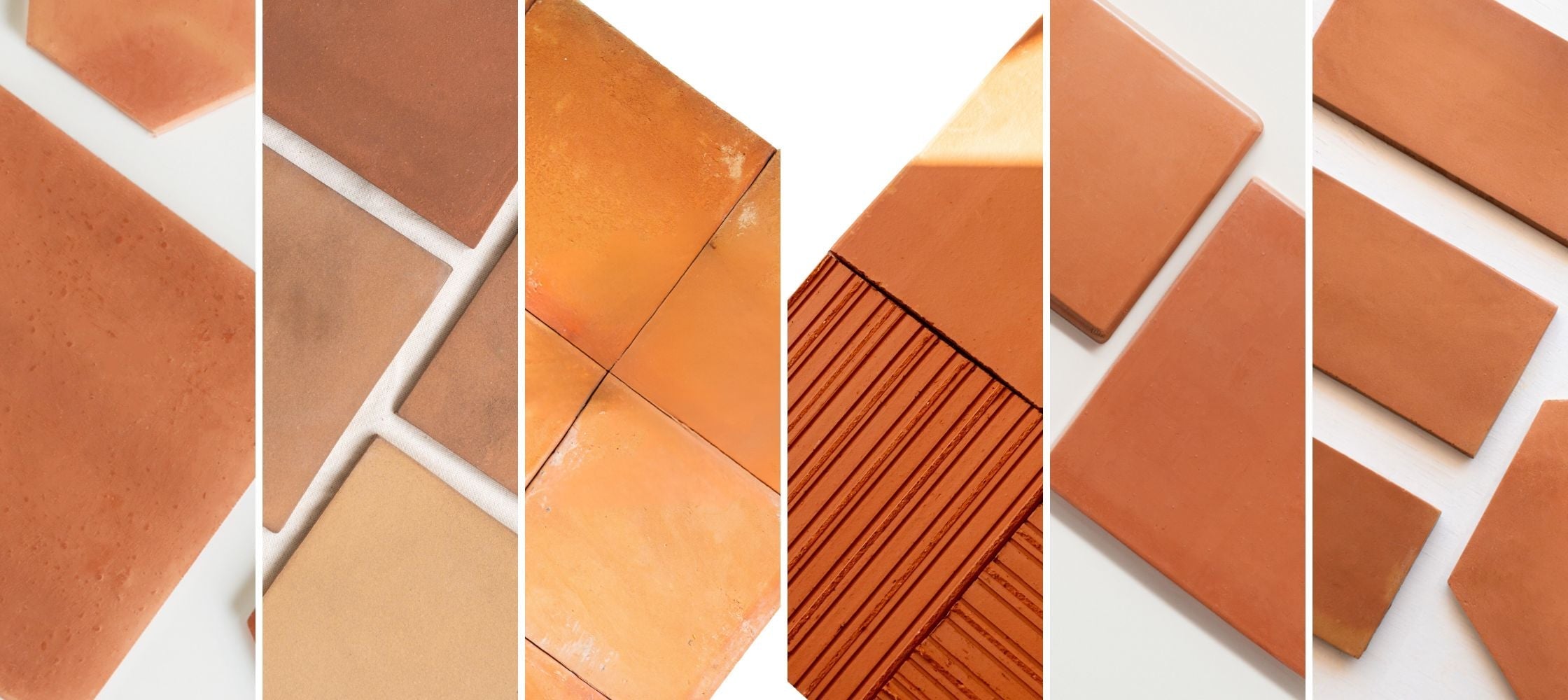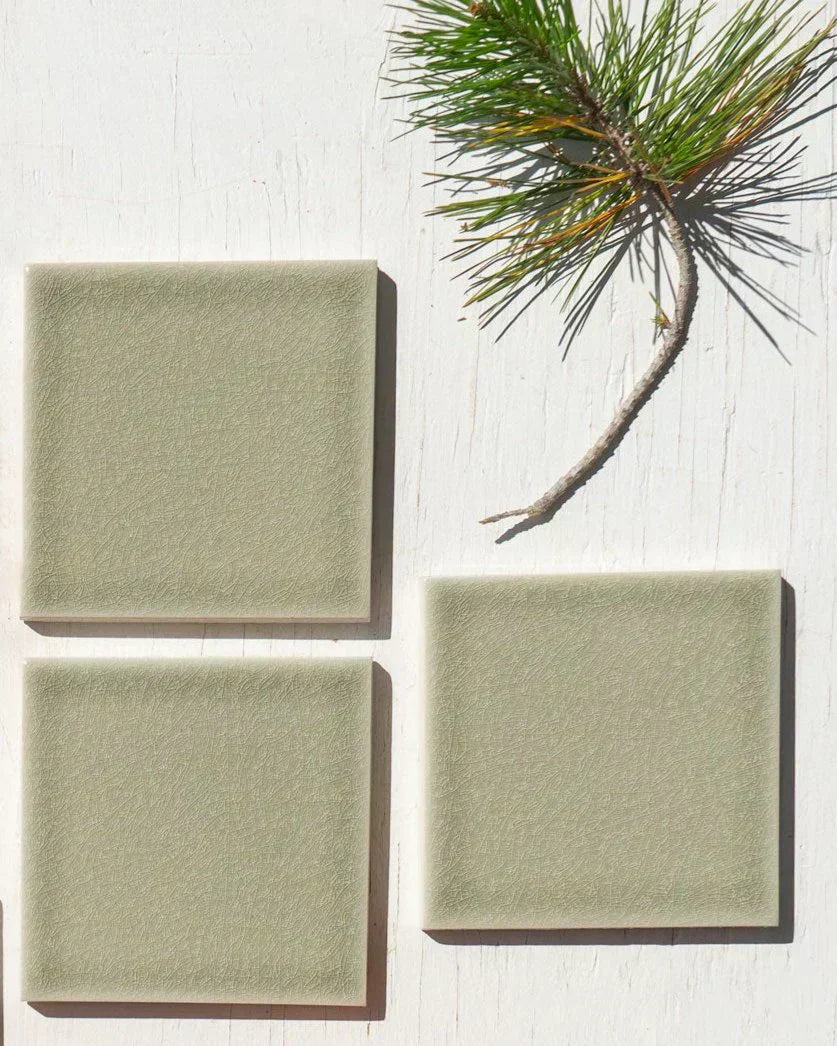A complete guide to floor transitions
by Clay Imports
Flooring transitions can be overlooked during a renovation or DIY project. Transitions serve as bridges between different flooring types, gaps in thresholds, different floor heights, and create a harmonious flow between flooring in various spaces. It might seem like a minor detail, but they play a crucial role in the overall design and functionality while ensuring safety and enhancing the durability of your flooring. In this article, we will explore the significance of floor transitions and what you should keep in mind while working with different floor surfaces.
What is a floor transition?
A floor transition is the area where two different types of flooring materials or heights meet. Floor transitions are typically employed when there is a change in flooring surfaces, such as transitioning from hardwood to carpet, carpet to laminate, and, of course, from tile to any of these materials.
These transitions are necessary for various reasons: they are used to avoid damaging the flooring, they can serve as a visual signal of a change in surface, and they provide a smooth, safe, and visually appealing shift between the different styles of flooring.
Floor transition to wood and hardwood flooring
This is one of the most common flooring transitions, because many living and dining rooms have wood flooring and need to connect to other rooms with tiles, such as kitchens, bathrooms, or patios. When transitioning from wood to tile, there are some important factors to consider:
Smooth, same-level transition from terracotta tile to laminate flooring, leaving only a narrow gap.
Height Difference: Because tiles differ in thickness depending on the type of tile and require a bed of adhesive, adding additional height, tile flooring installations can end up having a higher threshold height than wood flooring, requiring a transition piece that is appropriate for the height difference and provides a smooth and safe transition between the two materials.

Sloped transition from wooden floor to terracotta tile floor using a floor profile. Design by Chelsea Meissner | Photo by Jillian Guyette
Expansion and Contraction: Wood flooring expands and contracts with changes in temperature and humidity. The best way to accommodate this potential expansion and contraction is to leave some space between the different flooring materials. You’ll have to keep a gap (usually around ¼ inch) to avoid any kind of damage to your tiles and wood planks.
Finishing and Aesthetics: As with any design decision, you have to choose what kind of look you prefer. Usually, tile to wood flooring transitions use metal Schluter trims that protect the wood floor from any damage. Plus, Schluter systems offer a variety of finish options such as material type, color, finish, and profile to create a cohesive and visually appealing transition, or to make a contrasting finish, whether you want to enhance or hide the change of surfaces in your flooring.
 Metallic trim used to transition from tile flooring to wood flooring. Edward Road Design
Metallic trim used to transition from tile flooring to wood flooring. Edward Road Design
| Photo Perry Hall
Floor transition to carpet
The contrast of the hard surface of clay tiles to the soft, plush texture of carpet demands a thoughtful approach to ensure a smooth and visually appealing connection. Especially if, like us, you like to be in your socks while you are hanging out in a carpeted room! As you know, carpet is a fabric material, so you have to take into consideration height differences. Carpet to tile transitions also come in a variety of options to minimize or maximize the look of the transition, including wood, metal, and plastic. You can even create an invisible transition using a track strip and wrapping the carpet around the strip for a smooth finish between the carpet and tile flooring.
How to make a floor transition between different types of tiles
Finally, the transition between tiles can sound easy to do, but tiles can have slight to extreme differences in heights, designs, grout joint sizes, and surface textures.
The first thing you have to keep in mind is the tile types you have. Determine the specific types of clay tiles you are working with, as different tile materials, sizes, and finishes may require specific transition methods. Transition options from tile to tile can be as simple as other tiles, wood, metal systems, or even tile bullnose pieces for flooring height differences.
Next, the transition options. Like wood flooring and carpet, you have a lot of options, sizes, and colors available when thinking of transition, but you can also make a more purposeful-looking design decision out of a required transition by creating borders and other layouts.
 Transition between spaces using different tile shapes made from the same material and thickness. Photo by @_casey__casey__casey
Transition between spaces using different tile shapes made from the same material and thickness. Photo by @_casey__casey__casey
One factor that makes your tile transition easier is the application of the tile itself. Lay your new flooring out ahead of time to confirm your desired design, grout joint placements, and to confirm you can achieve a smooth height transition as well. You can also use grout to maximize the look of the transition. We're all about that bullnose trim! Say hello to bullnose terracotta trim tiles - the superheroes of seamless flooring transitions. These trim pieces not only add interest to your space, but also work like magic when your tile thickness is more than the neighboring floors. With their smooth curves, terracotta bullnose tiles make height differences easy to address. No need to hunt for slimmer terracotta options; just grab these handy bullnose tiles for a perfect transition from one area to the next.
 Sloped transition from concrete flooring to terracotta tile, finished with a terracotta trim. Photo by Ava Darnell
Sloped transition from concrete flooring to terracotta tile, finished with a terracotta trim. Photo by Ava Darnell
To enhance the natural transition and rustic charm of your space, consider exposing elements like grout or the natural terracotta edge. Take inspiration from the cozy and inviting atmosphere of Cielo Rojo restaurant, which uses these materials to create an organic edge that adds character to your design. Embracing these natural elements will elevate the overall aesthetic and create a warm, welcoming ambiance.

Grout is used as a transition between hard floors. Cielo Rojo Restaurant | Photo Scott Suchman
As always, you have to ensure that the transition materials you choose are compatible with your tiles. That’s why we highly recommend ordering samples before making a final purchase to confirm and appreciate the natural variations in each tile and test how your construction materials will interact with your tiles.
Conclusion
Floor transitions are essential for both design and functionality, and because of that, they shouldn’t be overlooked. By carefully selecting and installing proper transitions, you not only enhance the aesthetics of your home but also provide a safe environment and protect your floors from premature wear and tear. With attention to detail and a thoughtful approach, you can create a beautiful and cohesive interior that reflects your personal style.
If you want to know more about transitions and trims, don’t forget also to take a look at our article about tile trims. And if you have any questions or require more information, don't hesitate to reach out to us at contact@clayimports.com
Disclaimer: Since the installation of tile greatly determines the integrity of the project and the tile itself, Clay Imports does not warrant this product and is not responsible for dissatisfaction with the material following installation. Please inspect all tiles upon receipt and notify us immediately if you have any quality concerns. This guide is meant to serve as a general resource. Because each project is unique, consult your tile installer before installing your tile.







 Share
Share
 Pin it
Pin it





